Mango
The mango (Mangifera indica) is also called the “king of fruits” in some parts of the world.
Mango is native to India and Southeast Asia, and people have cultivated it for over 4,000 years. Hundreds of types of mango exist, each with its own characteristic taste, shape, size, and colour.
Mango is low in calories yet high in nutrients — particularly vitamin C, which aids immunity, iron absorption, and cell growth and repair. One cup (165 grams) of fresh mango provides 67% of the Daily Value (DV) for vitamin C.
Mango is the national fruit of India, Pakistan and the Philippines, while the mango tree is the national tree of Bangladesh.
Mango can be eaten fresh, dried, cooked, or juiced. It can be used to make jams, chutneys, sauces, salads, desserts, smoothies, and more. Mango is also a popular ingredient in cuisines around the world.
Mango has a unique flavour that comes from various compounds, such as terpenes, esters, and aldehydes. Some people may be allergic to mango or its peel, which contains urushiol, the same substance that causes poison ivy rash.
Some of the uses of mango are:
Mango is a versatile fruit that has many uses and benefits, some of which are mentioned below.
- You can eat it fresh, cooked, or dried. You can enjoy it as a snack, add it to salads, smoothies, yoghurt, or cereal, make it into chutneys, jams, pies, cakes, or ice cream, or use it in savoury dishes like curries, stir-fries, or salsa.
- You can use it to make pickles, atchars, and curries when it is green.
- You can freeze it into pieces and store it for later use.
- You can dehydrate it and make it into slices or fruit rolls.
Some of the benefits of mango are:
- It is rich in vitamin C, which helps boost your immune system, support iron absorption, and promote cell growth and repair.
- It contains beta-carotene, an antioxidant that may protect against certain types of cancer, such as colon, breast, and leukaemia.
- It has collagen, a protein that helps maintain the elasticity and vibrancy of your skin.
- It provides dietary fibre, which aids digestion and prevents constipation.
- It offers vitamin A, which is essential for good vision and eye health.
- It supplies vitamin B6, folate, and other B vitamins that support brain function and nervous system health.
- It has potassium, magnesium, and copper, which are important minerals for regulating blood pressure, muscle contraction, and nerve transmission.
How to use mango
- To ripen a mango, you can leave it on the counter at room temperature until it becomes soft and fragrant. You can also place it in a paper bag with a banana or an apple to speed up the ripening process. This is because these fruits produce ethylene gas, which helps mangoes ripen faster.
- To cut a mango, you can use a knife or a mango slicer. A mango slicer is a tool that can cut the mango into two halves, avoiding the pit in the centre. You can also cut a mango by slicing off the two sides (called cheeks) around the pit and then scoring the flesh into cubes or strips without cutting through the skin. You can then scoop out the flesh with a spoon or flip the skin inside out and peel off the cubes.
- To dehydrate a mango, you can use a dehydrator or an oven. A dehydrator is a device that removes moisture from food by circulating hot air. You can slice the mango into thin pieces and arrange them on the dehydrator trays, leaving some space between them. You can then set the dehydrator to 130 to 135 degrees Fahrenheit (54 Celsius) for 10 to 14 hours. Alternatively, you can place the mango slices on a baking sheet lined with parchment paper and put them in the oven in the lowest setting. You can also crack the oven door open to allow airflow. The oven method may take longer than the dehydrator method
Mango is a versatile fruit that can be enjoyed in many ways. You can eat it fresh, slice it into salads, blend it into smoothies, make it into chutneys or jams, or bake it into pies or cakes. You can also try different varieties of mangoes, such as Alphonso, Kent, Haden, or Tommy Atkins. Each variety has its own unique taste, shape, size, and colour.
There are different ways to take mango, depending on how ripe it is, how you want to eat it, and how you want to store it. Here are some tips and methods for taking mango.
Recommendation by the International Bodies and Health Organizations
- The United States Department of Agriculture (USDA) recommends that adults eat 1 1/2 to 2 cups of fruit per day. Mango is one of the fruits that can be included in a healthy diet, as it provides vitamin C, vitamin A, fibre, and other nutrients.
- The American Heart Association (AHA) advises people to limit their intake of added sugars, which can increase the risk of heart disease, obesity, and diabetes. Mango is naturally sweet and contains no added sugars, but it still has about 22.5 grams of sugar per cup. Therefore, it is advisable to pair mangoes with foods that are low in sugar and high in protein or fat, such as nuts, seeds, yoghurt, or cheese, to balance out the carbohydrates and prevent blood sugar spikes.
- The World Health Organization (WHO) recommends that pregnant women consume at least 400 micrograms of folate daily, as it is essential for preventing birth defects and supporting fetal growth and development. Mango is a good source of folate, providing about 18% of the daily value per cup. However, pregnant women should also consult their doctor before eating mango, as some people may be allergic to mango or its skin, which can cause skin rashes or breathing problems.
- The Academy of Nutrition and Dietetics (AND) suggests that people eat a variety of fruits and vegetables of different colours, as they provide different phytochemicals that have antioxidant, anti-inflammatory, and anticancer properties. Mango is a yellow-orange fruit that contains carotenoids, such as beta-carotene and lutein, which may protect against certain types of cancer, such as colon, breast, and leukaemia. Mango also contains other phytochemicals, such as mangiferin and quercetin, which may have anti-diabetic, anti-obesity, and anti-microbial effects.
- The University of Miami Health System (UHealth) offers some tips on how to eat mango in a healthy way. Some of these tips are:
- Eat a balanced diet that includes a variety of healthy “rainbow” foods
 Eat all foods in moderation
Eat all foods in moderation- Always pair fruit with protein
- Eat no more than two to three servings of fruit per day
- Incorporate healthy eating habits as early as possible in life
Here are some of the possible side effects of mango:
- Allergic reaction: Some people may be allergic to mango, especially if they are also allergic to latex. This is because mango and latex share some similar proteins that can trigger an immune response. The symptoms of mango allergy may include runny nose, watery eyes, sneezing, abdominal cramps, and breathing problems. In rare cases, mango allergy can cause anaphylaxis, a life-threatening condition that requires immediate medical attention.
- Skin irritation: Mango skin contains a chemical called urushiol, which is also found in poison ivy and poison oak. Some people may be sensitive to urushiol and develop contact dermatitis, a skin rash that can cause inflammation, blisters, itching, and rashes. To avoid this, wear gloves when peeling or cutting mangoes, or wash your hands thoroughly after handling them.
- Diarrhoea: Mangoes are high in fibre, which is good for digestion and preventing constipation. However, eating too many mangoes can also cause diarrhoea, as the excess fibre can draw water into the intestines and speed up bowel movements. To prevent this, limit your intake of mangoes to one or two per day, and drink plenty of water to stay hydrated.
- Blood sugar spike: Mangoes are also high in natural sugars, which can raise your blood sugar levels if you eat too many of them. This can be harmful for people with diabetes or prediabetes, who need to monitor their blood sugar levels closely. If you have diabetes or prediabetes, consult your doctor before eating mangoes, and pair them with foods that are low in sugar and high in protein or fat to balance out the carbohydrates
Mango Cultivation as a Way to Empowerment and Employment
Mango cultivation is a popular agricultural activity that can provide employment opportunities in many countries, including Ghana. Mango trees are perennial and can produce fruit for up to 40 years, making them a reliable source of income for farmers.
Mango farming requires a tropical or subtropical climate with temperatures between 24 and 27 degrees Celsius . The ideal soil pH range is 5.5 to 7.0, and the soil should have good drainage and depth . Mango farming can be done in most types of soils, but black cotton soil is not advisable .
Mango farming can bring farmers revenue of over $2,700 per hectare . TechnoServe, an international non-profit organization, has developed a four-part training module to increase the earning potential of mango farmers in India . The training program has been successful in increasing the income of farmers in the region .
If you are interested in learning more about mango cultivation, you can check out this complete guide to mango cultivation by AgroTexGlobal . The guide covers topics such as climate requirements, soil requirements, land preparation, planting, propagation, inter-cropping, water management, fertilization and nutrient management, weed management, pruning and training, flowering and fruit set, fruit drop, harvesting and yield, transportation and packaging, and issues and remedies in mango farming.
More tips and medicinal benefits of Mango
Mango is low in calories yet high in nutrients — particularly vitamin C, which aids immunity, iron absorption and growth and repair.
High in Antioxidants
packed with polyphenols — plant compounds that function as antioxidants.
Antioxidants are important as they protect your cells against free radical damage.
Free radicals are highly reactive compounds that can bind to and damage your cells
Research has linked free radical damage to signs of ageing and chronic disease
Help boost immunity.
Mango is a good source of folate, several B vitamins, as well as vitamins A, C, K and E — all of which help boost immunity.
Healthy heart function
Mango contains magnesium, potassium and the antioxidant mangiferin, which all support healthy heart function.
Promotes healthy hair growth.
contains vitamin C, which gives your skin its elasticity and prevents sagging and wrinkling. It also provides vitamin A, which promotes healthy hair.
Prevent Cancer
The plant contains polyphenols that may fight oxidative stress, which is linked to colon, lung, prostate, breast and bone cancers.
Mango is rich in vitamins, minerals and antioxidants and has been associated with many health benefits, including potential anticancer effects as well as improved immunity, and digestive, eye, skin and hair health.
The video below illustrates how to use the mango leaves to treat illnesses.

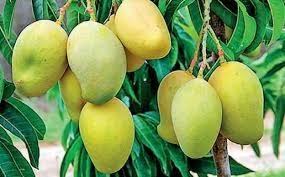

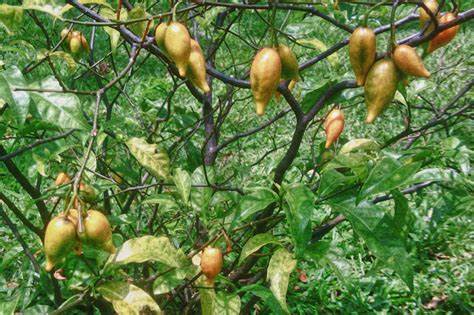

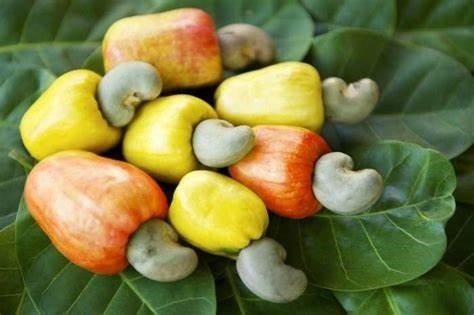
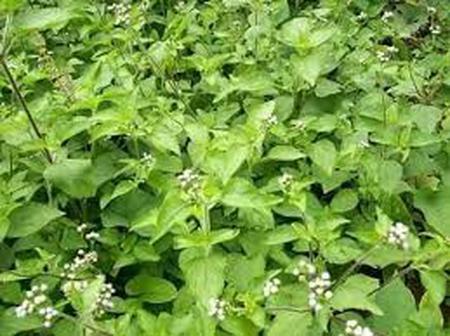
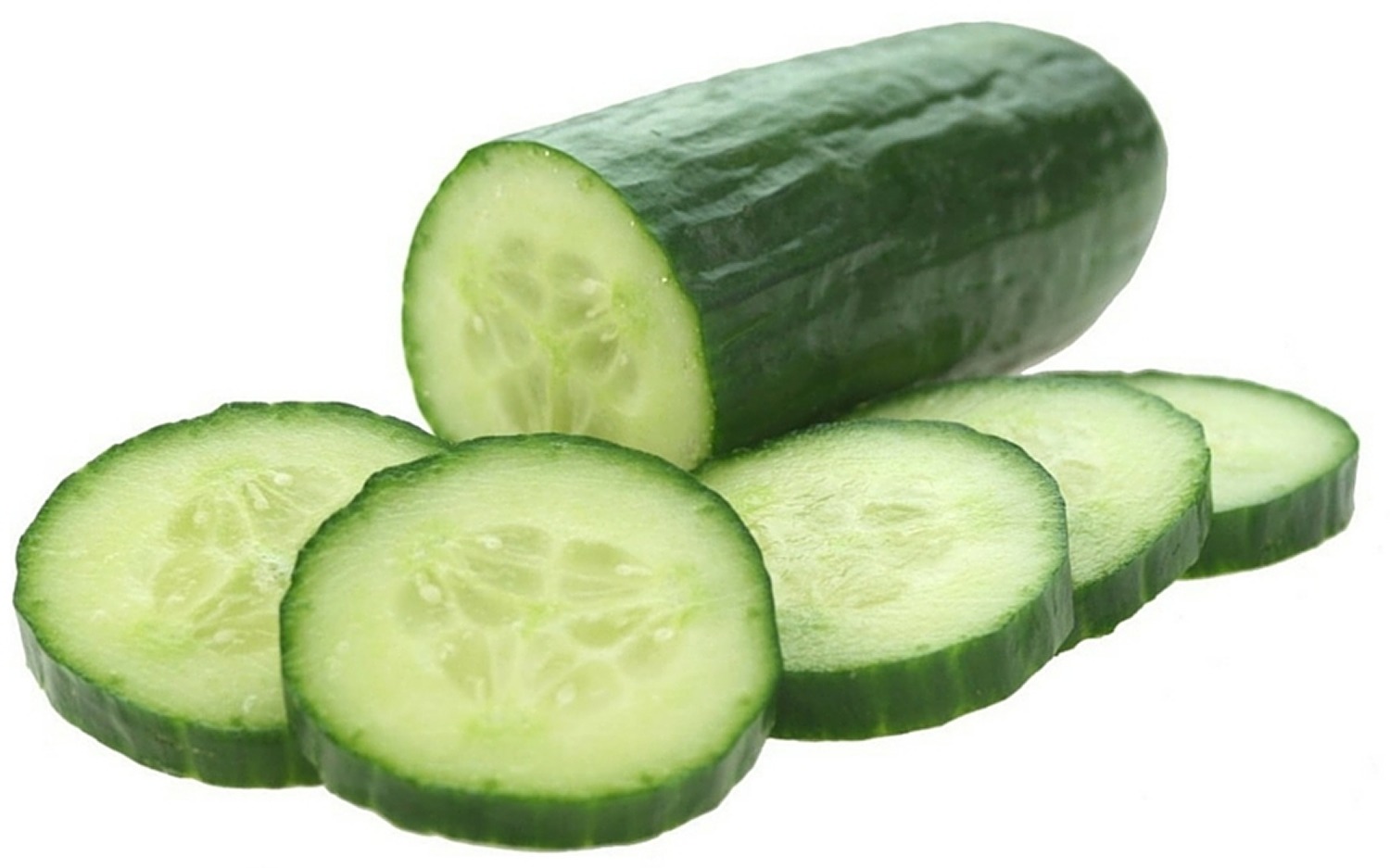

Review Mango.
You must be logged in to post a review.